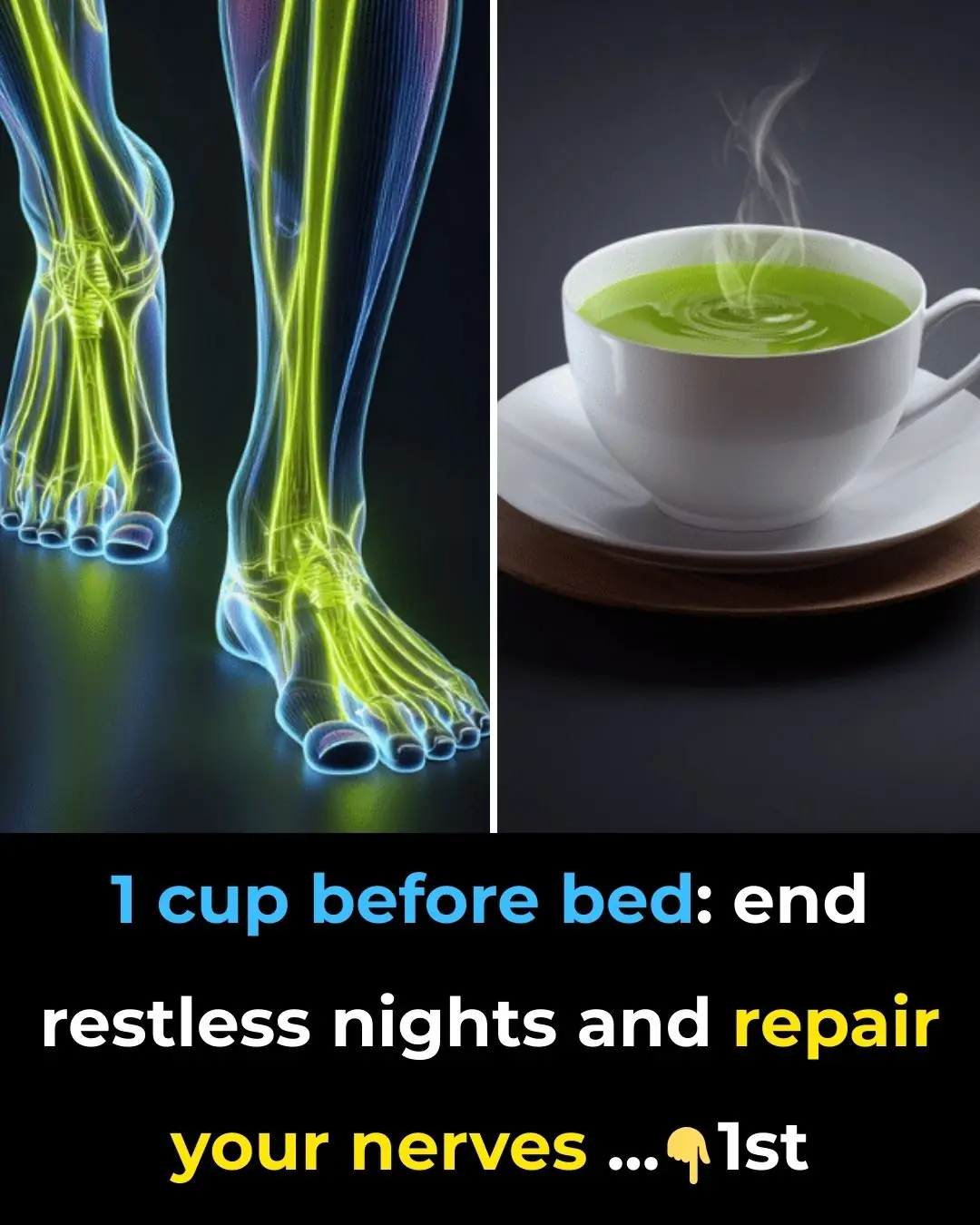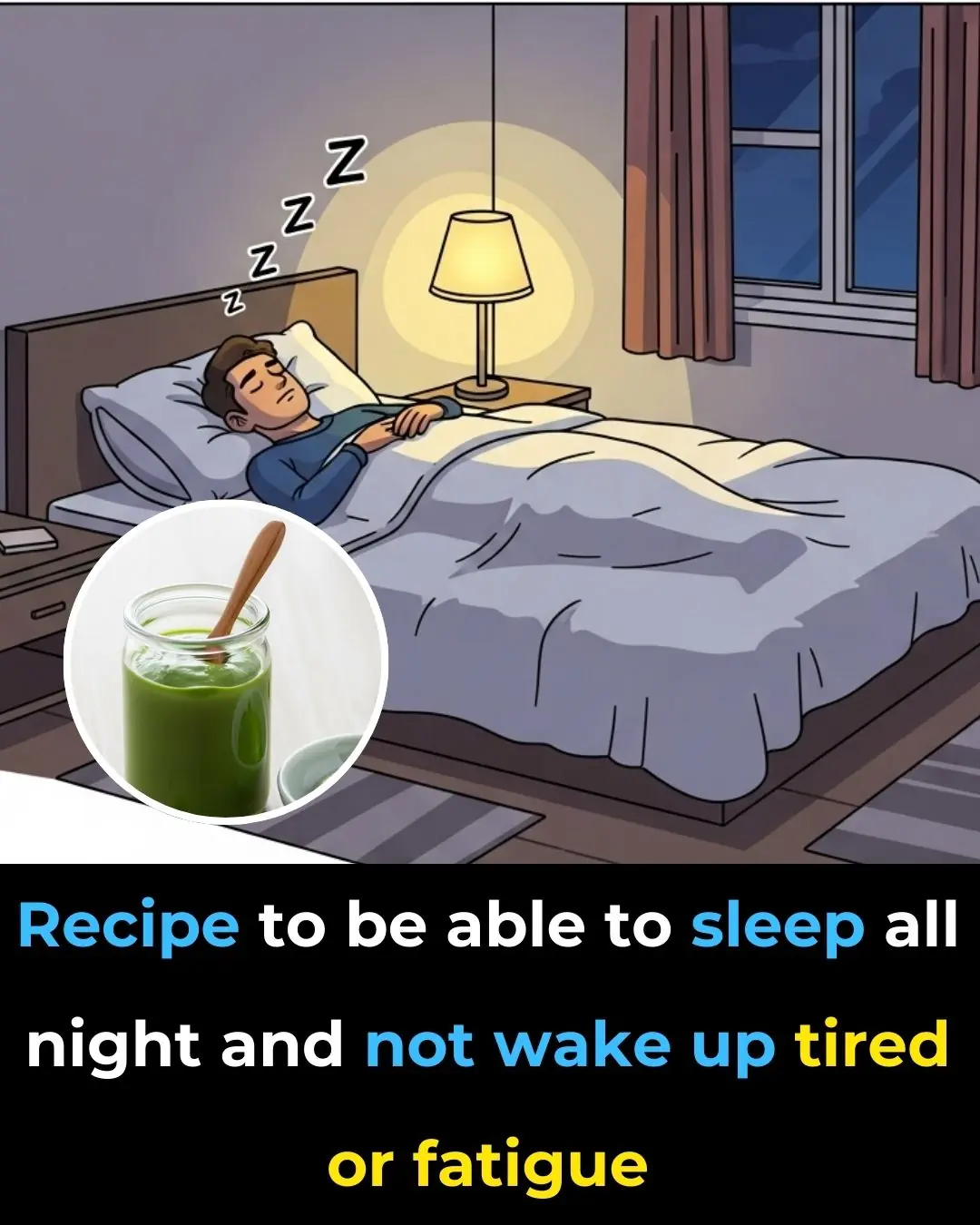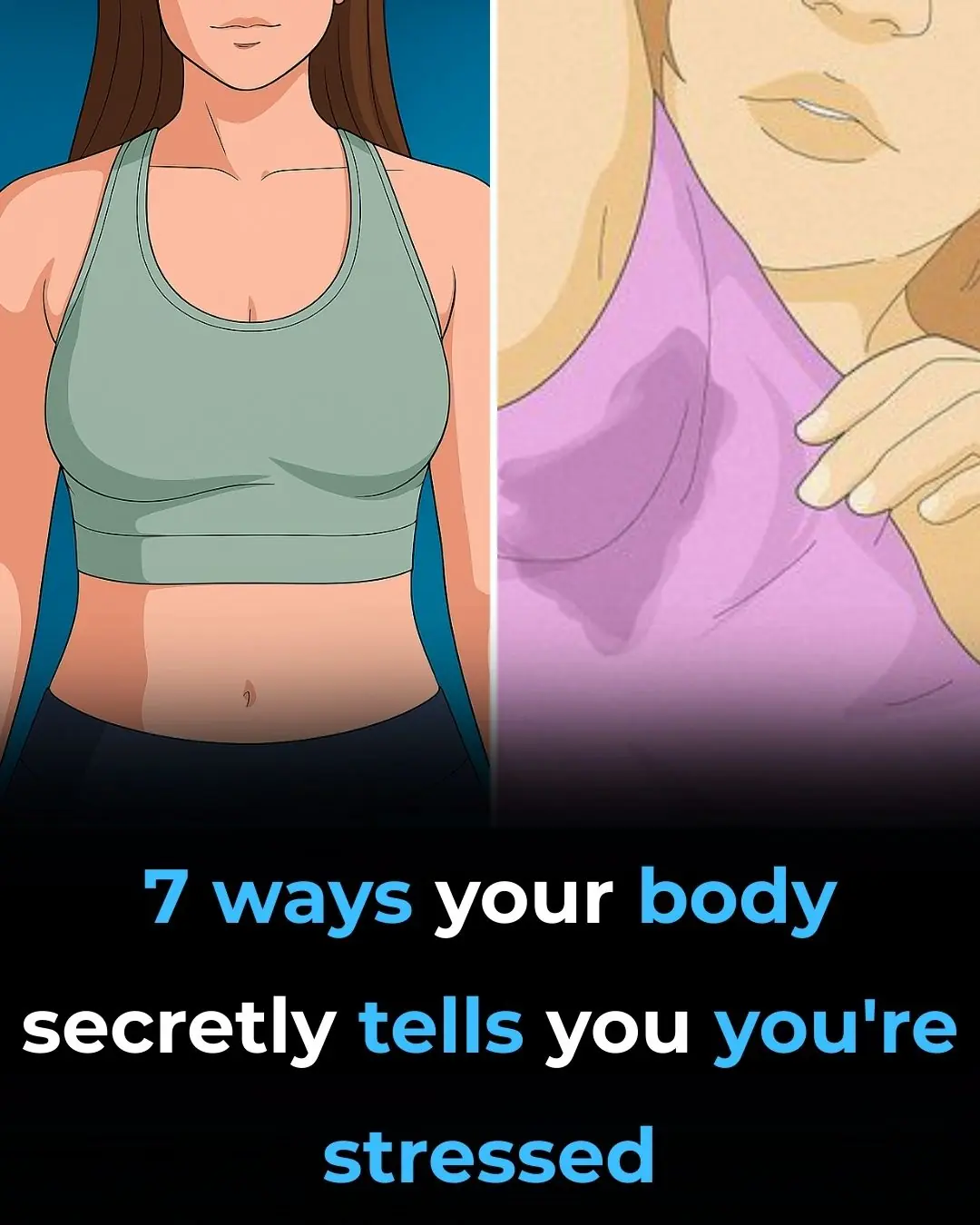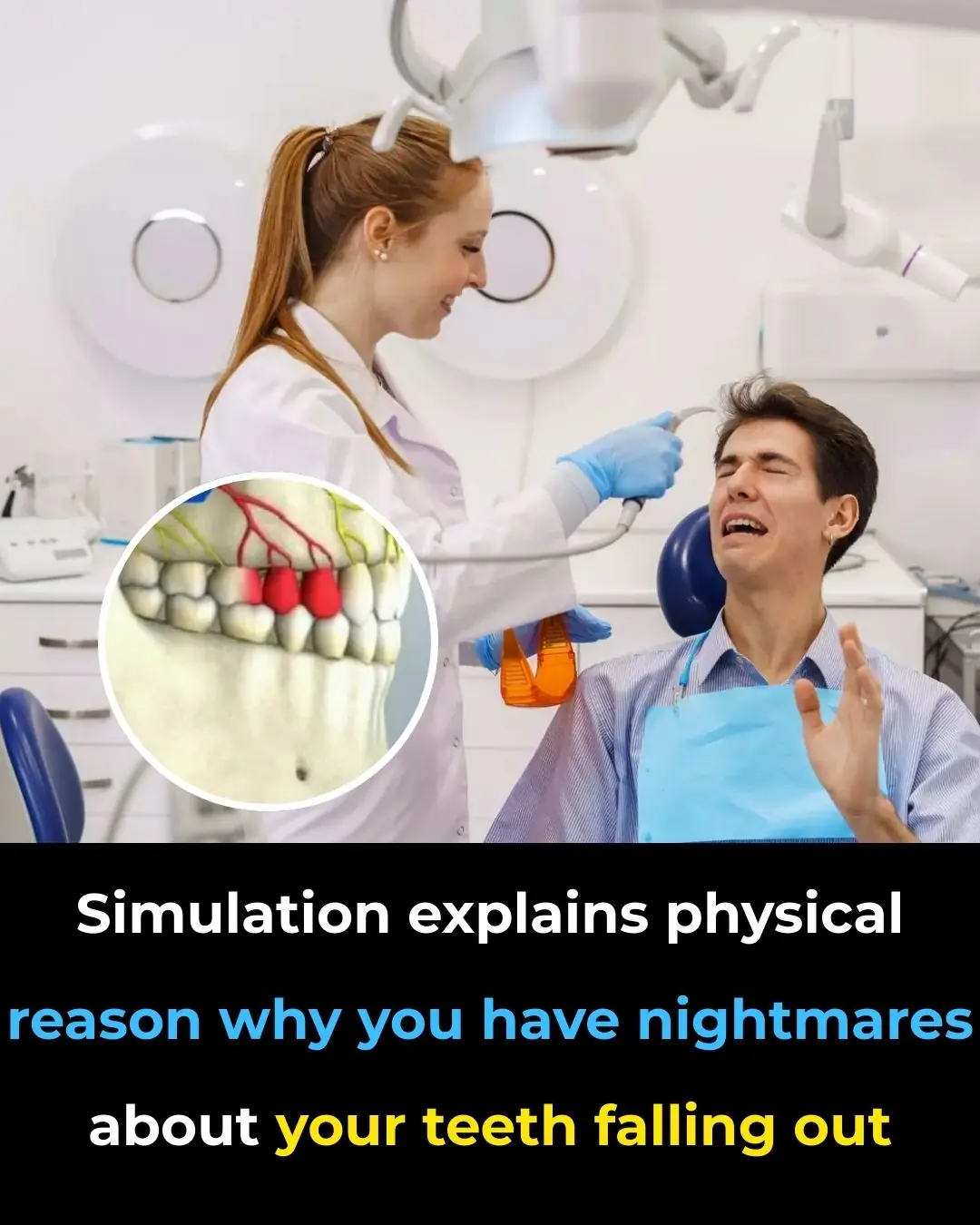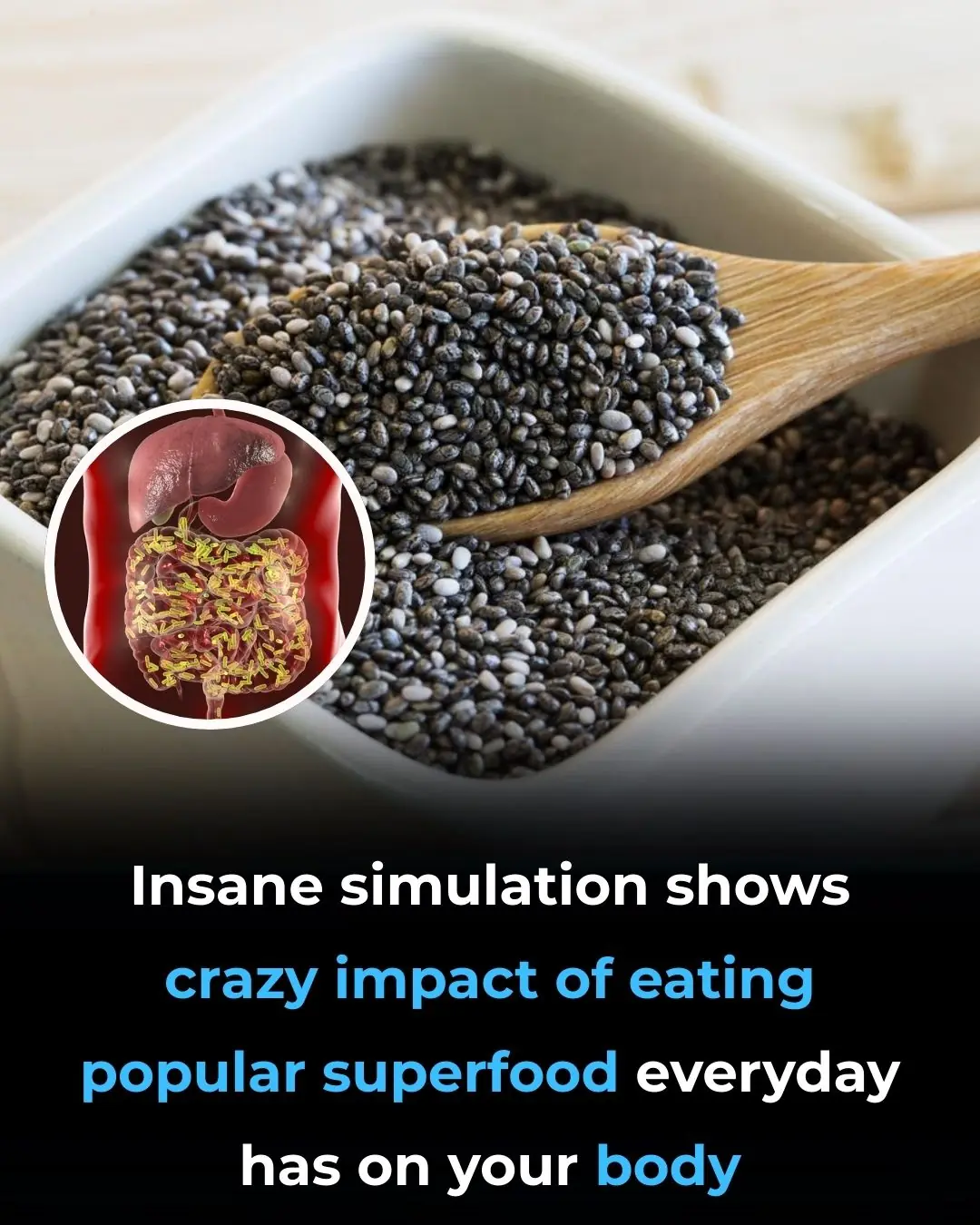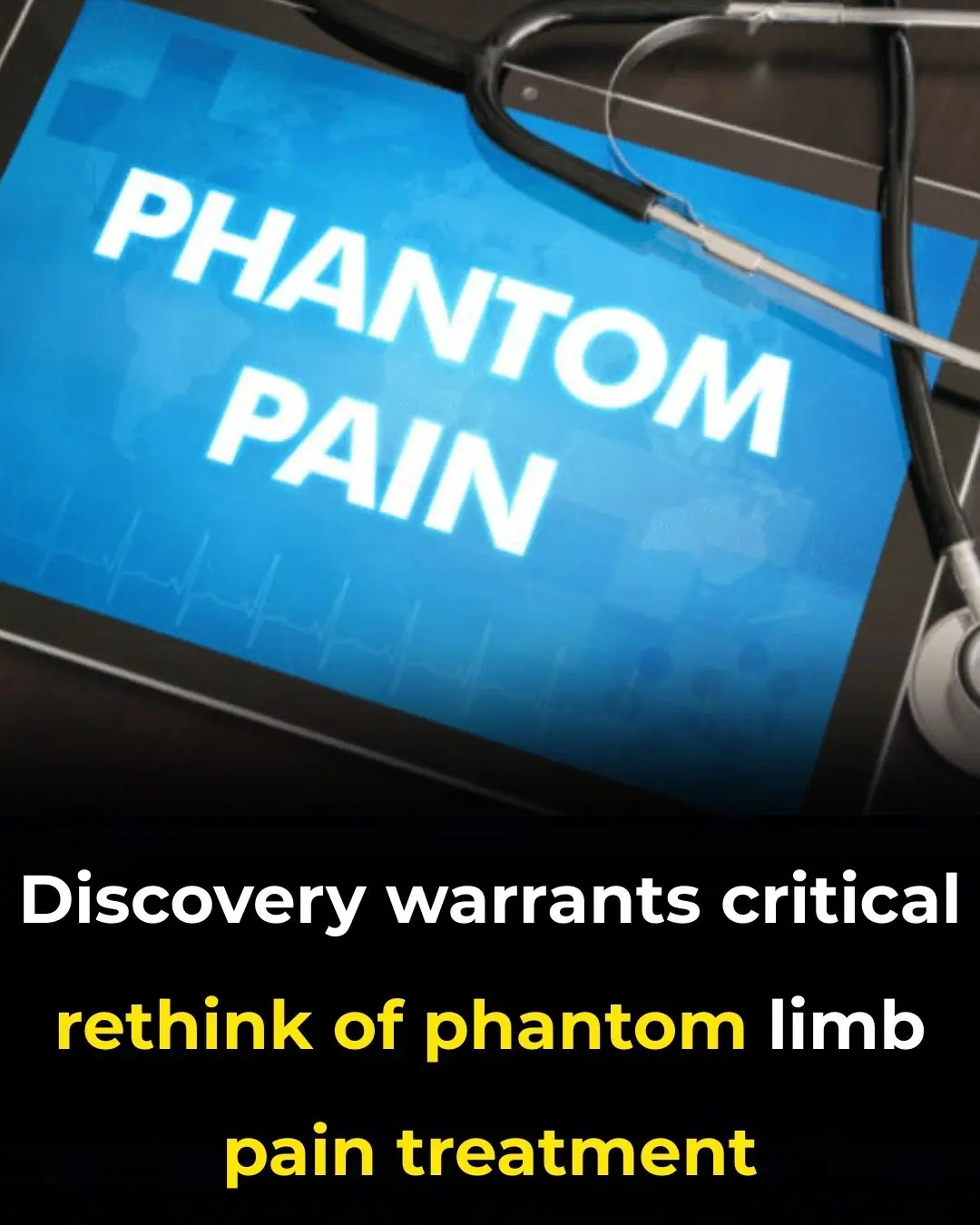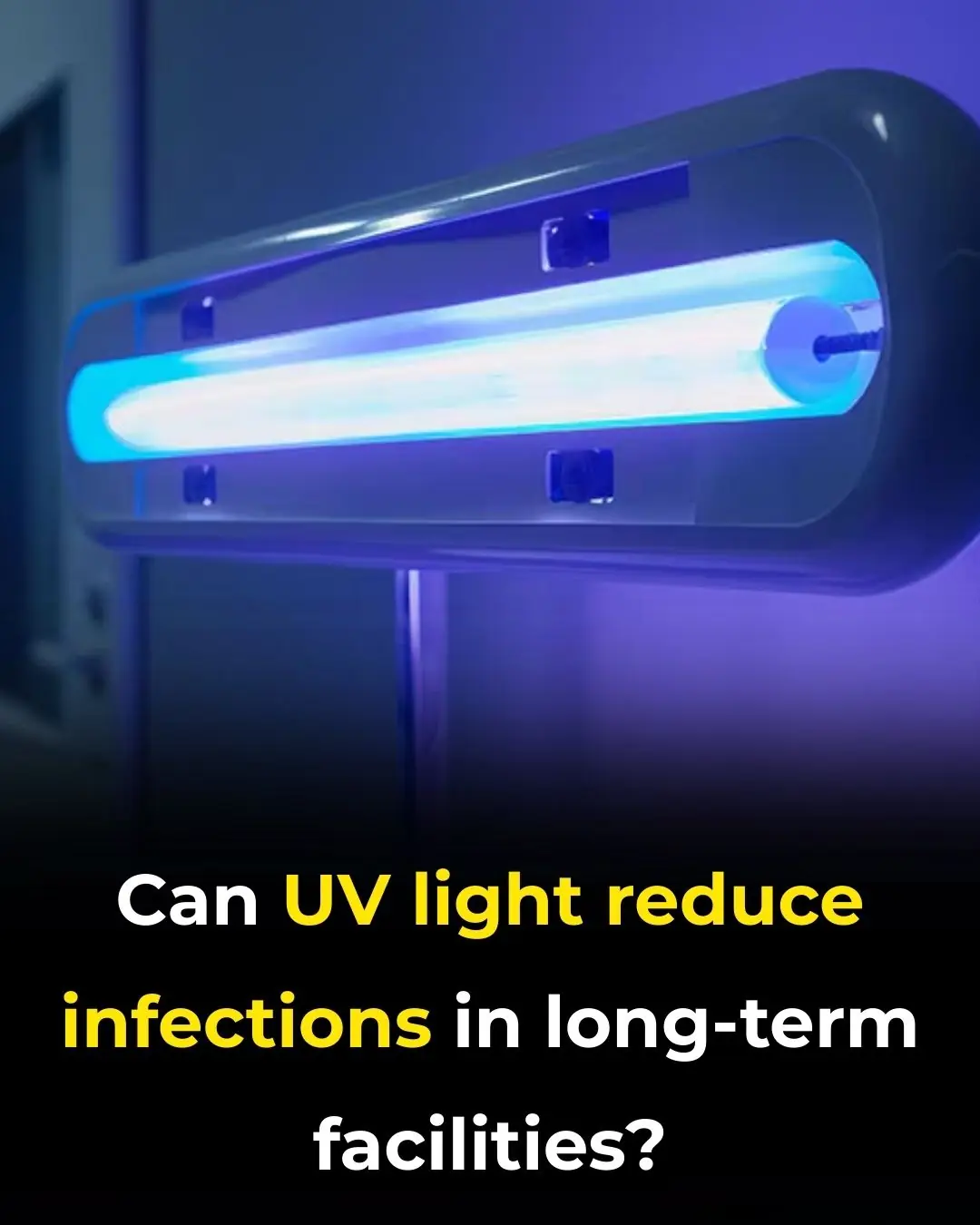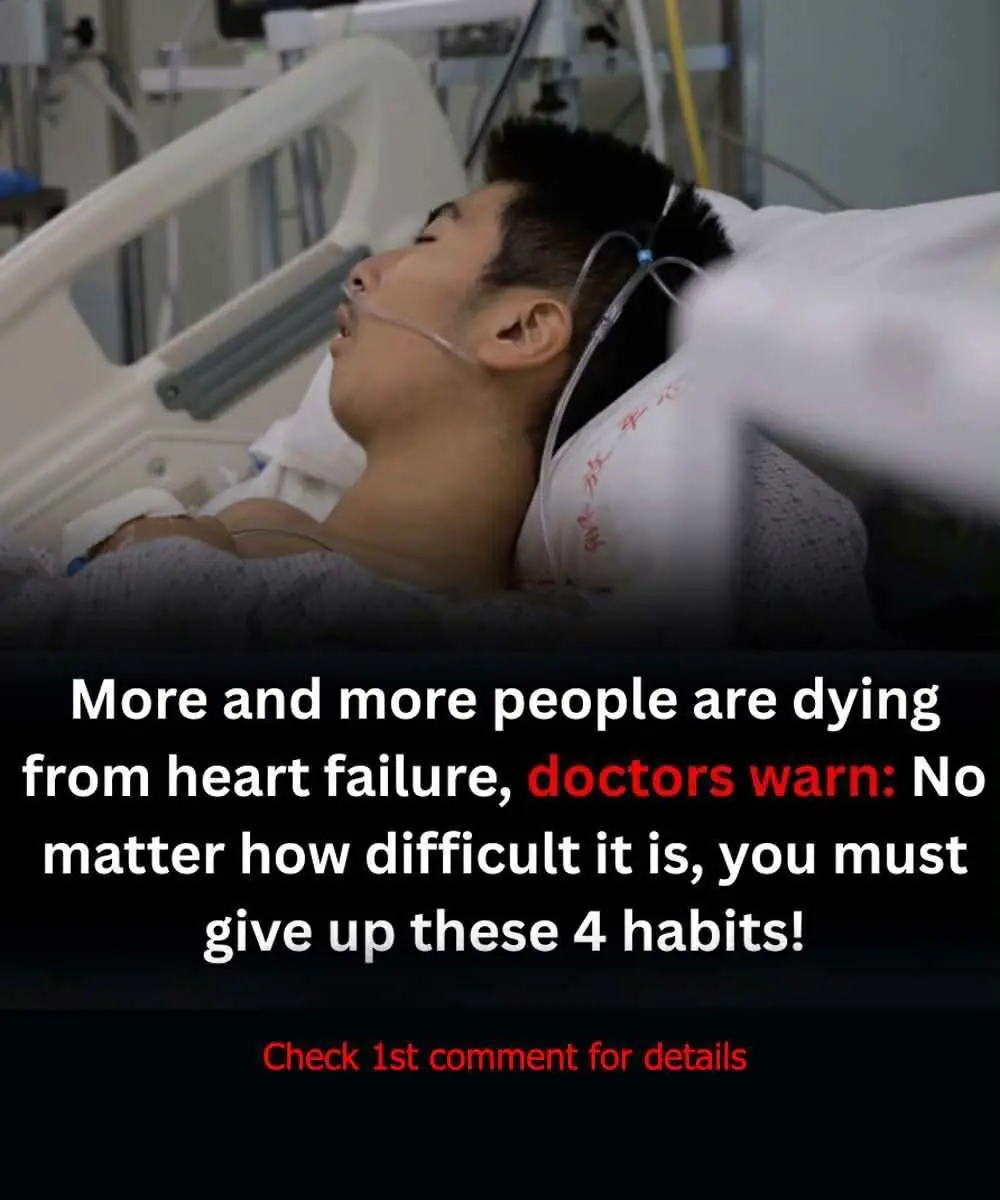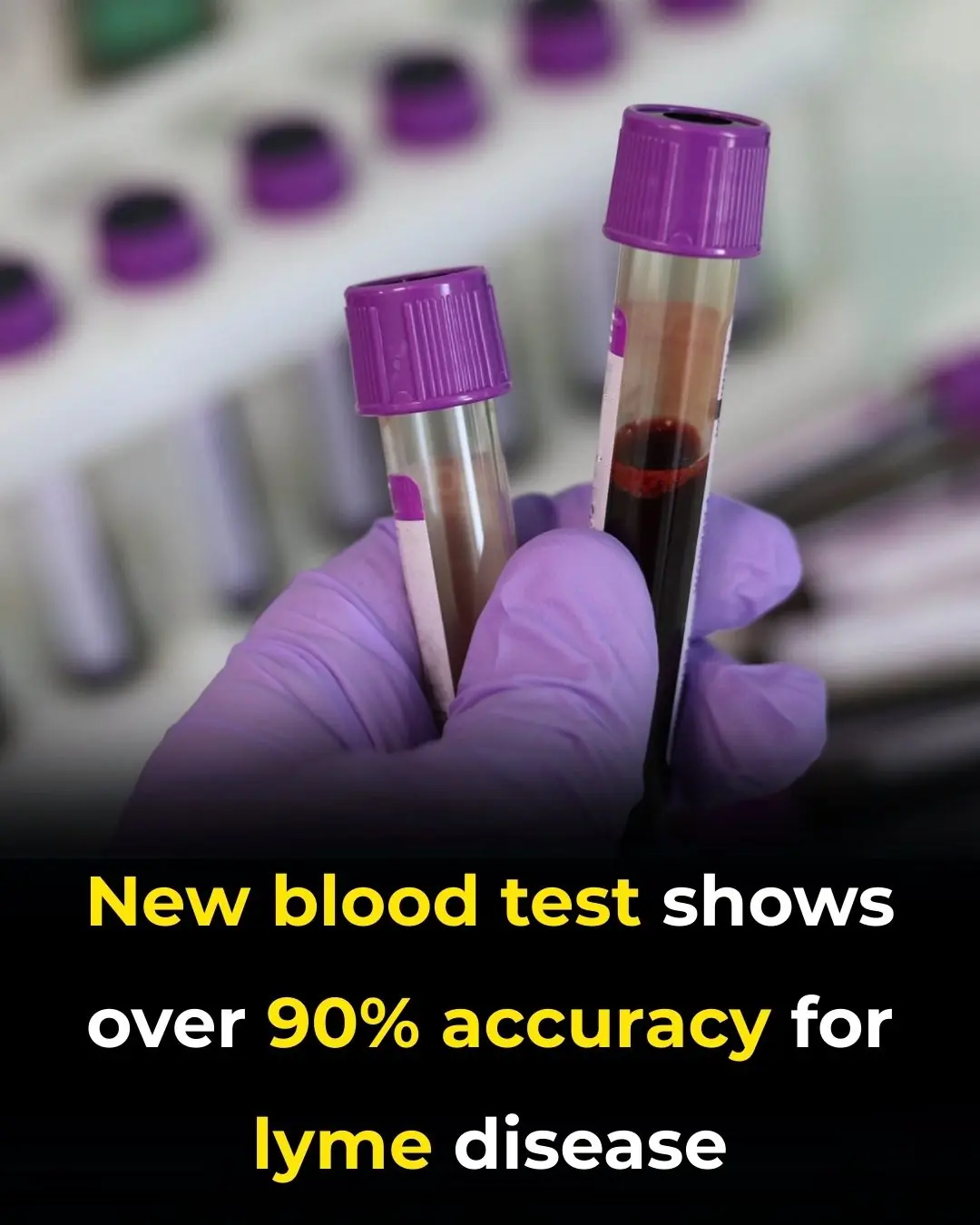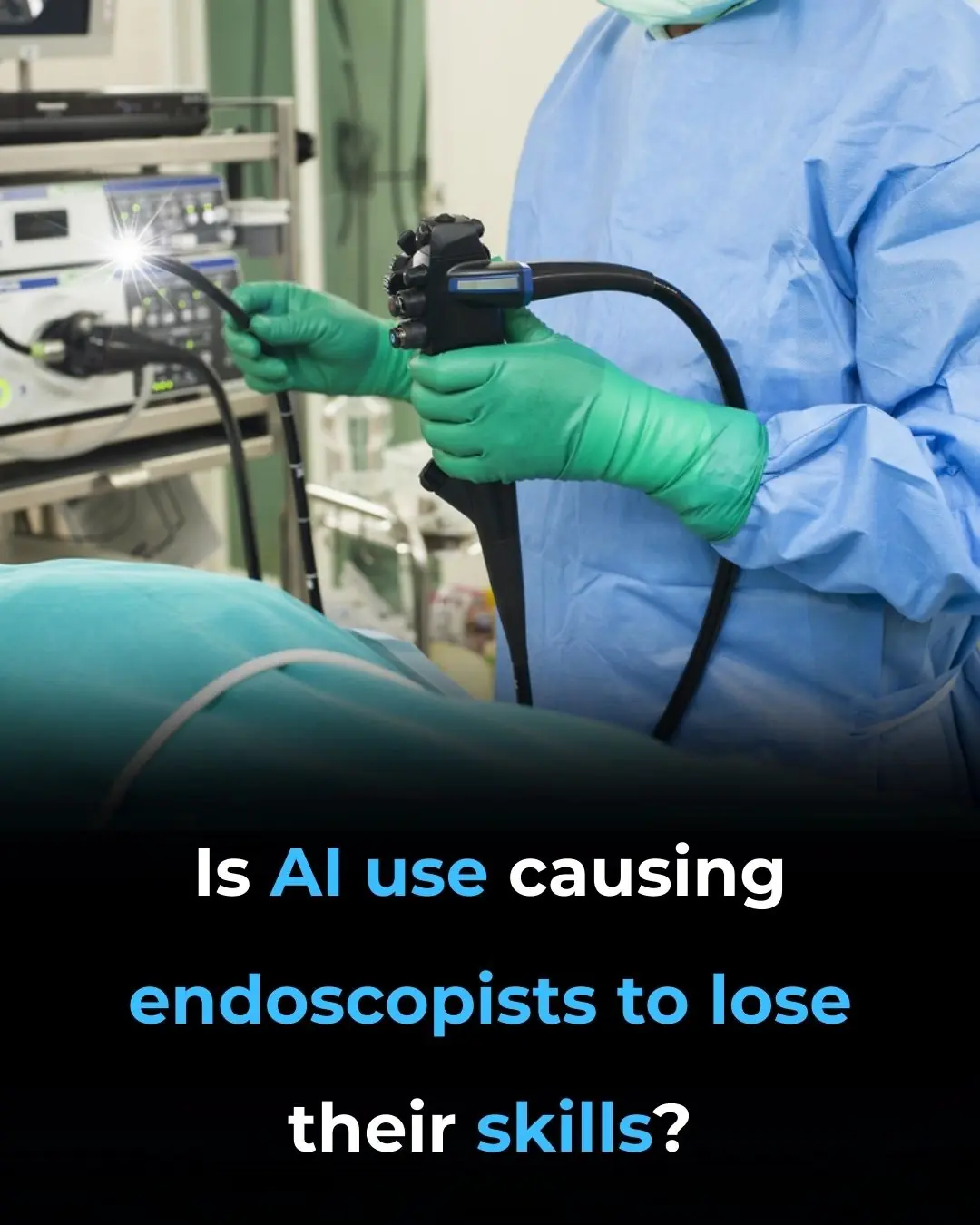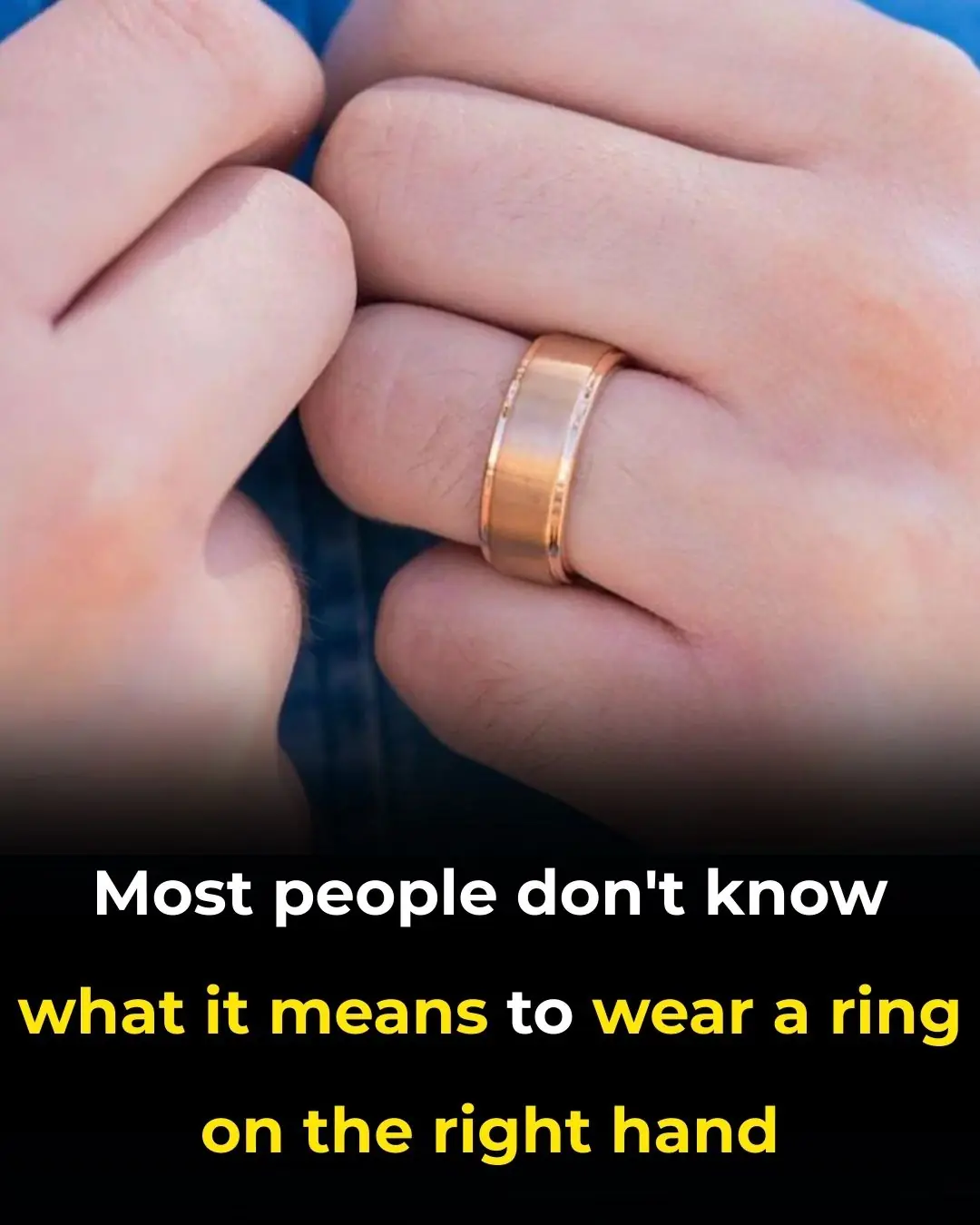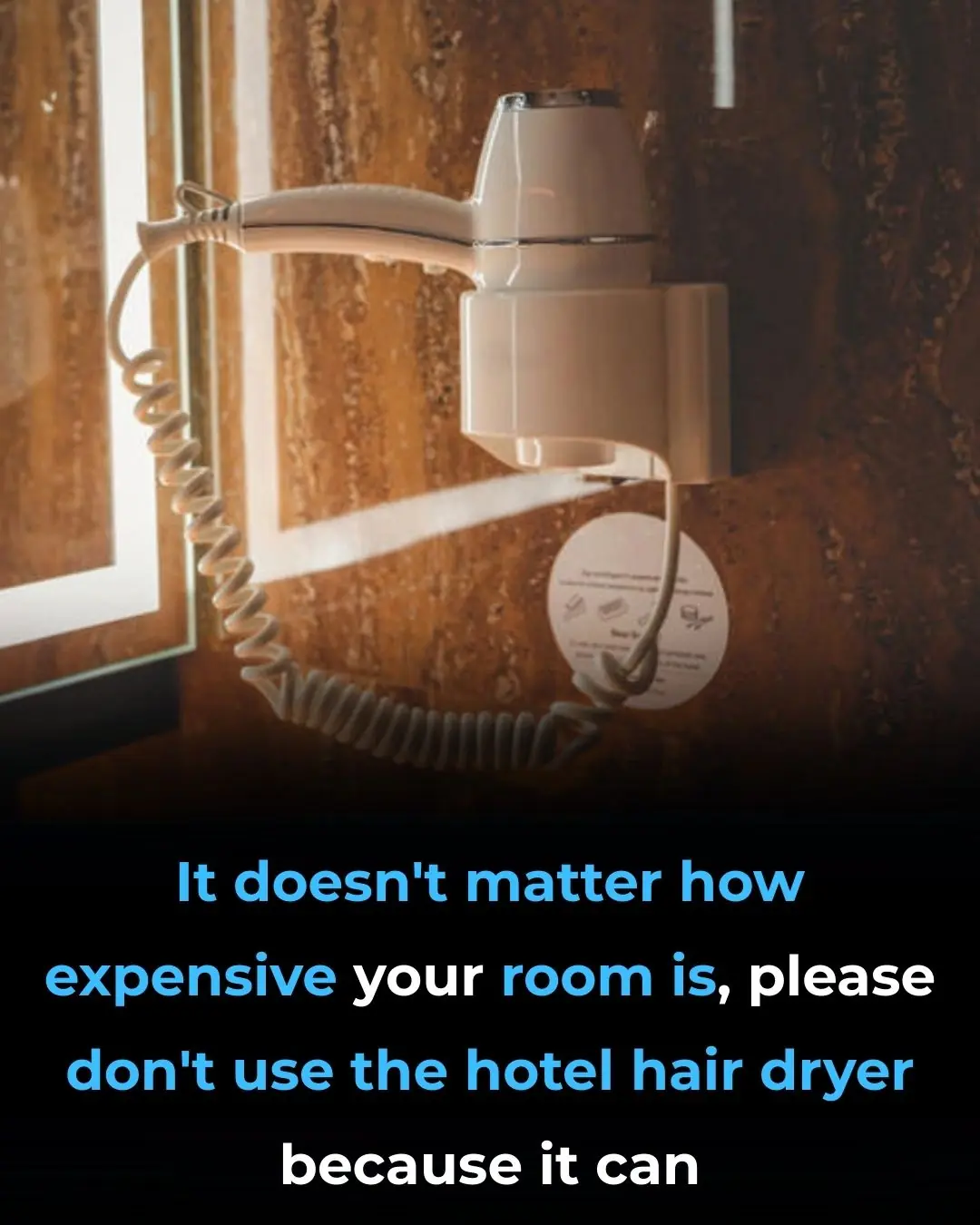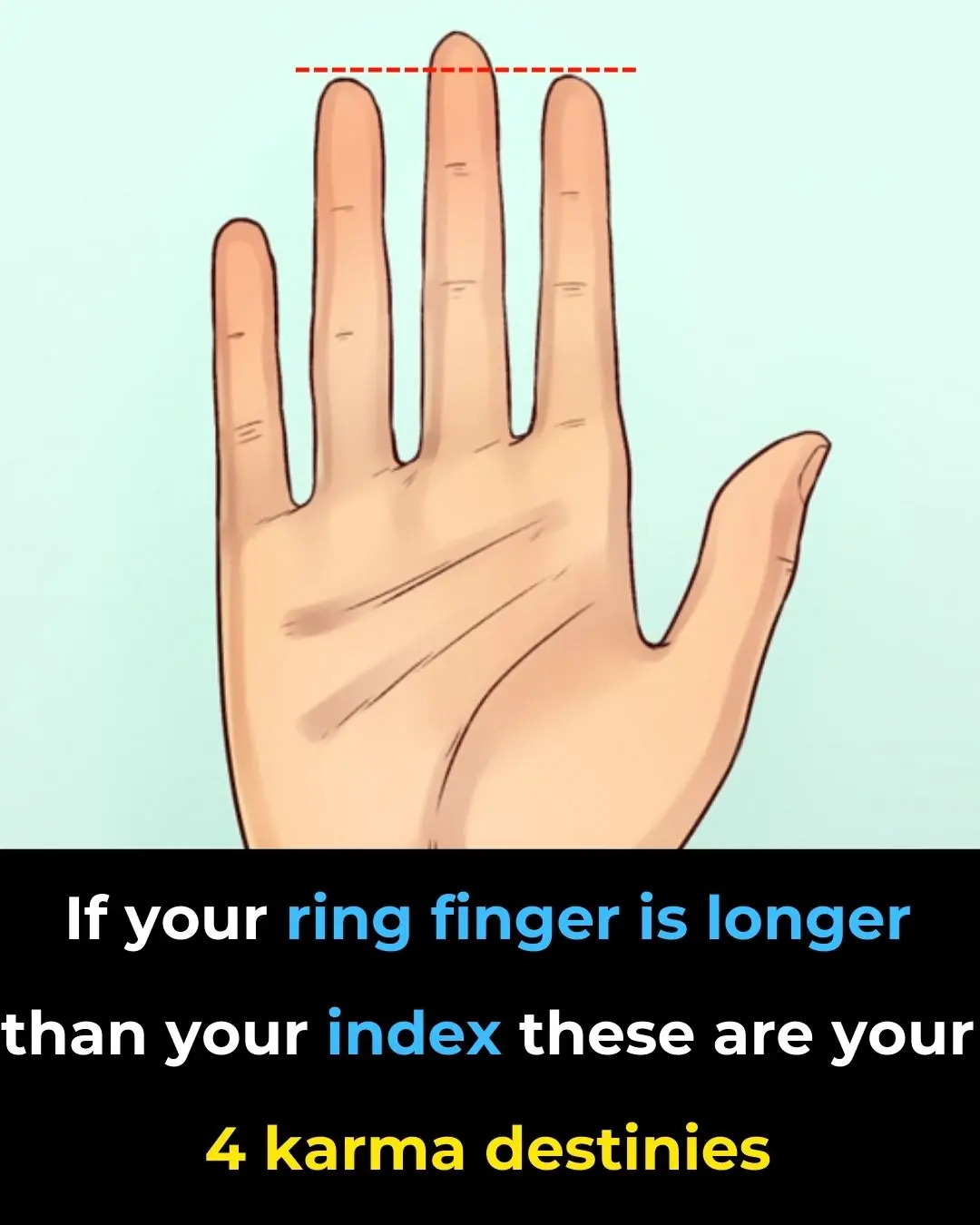Friendly Note: FreeJupiter.com shares general info for curious minds 🌟 Please fact-check all claims—and always check health matters with a professional 💙
Red Light and Aging Eyes: Could 3 Minutes a Day Transform Your Vision?
Picture this: You wake up, brew your morning coffee, and instead of fumbling for your reading glasses, you spend just three quiet minutes looking into a soft, glowing red light. No, this isn’t some quirky sci-fi health hack or a trendy new meditation practice.
According to researchers at University College London (UCL), it might be the future of maintaining eye health as we age.
A growing body of evidence suggests that daily exposure to deep red light—especially in specific wavelengths—could actually rejuvenate aging eyes. In particular, it may restore some aspects of color vision and improve overall visual performance in people over 40. It’s natural, non-invasive, low-cost, and surprisingly simple—something you could potentially do from your living room.
A Global Issue: Aging Eyes, Diminishing Vision
Let’s face reality—our eyes don't age gracefully. By the time we hit our 40s, many of us begin to notice subtle yet frustrating changes: blurry text, duller colors, and worsening night vision. For some, these changes are slow and manageable; for others, they progress quickly and affect daily life.
This isn’t just a nuisance—it’s a public health concern. The United Nations projects that by 2050, the global population aged 60 and over will double. That means age-related visual decline will become much more widespread, impacting quality of life and placing added pressure on healthcare systems worldwide.
As Professor Glen Jeffery from UCL puts it, “As you age, your visual system declines significantly.” And no, it’s not just your imagination—scientists can actually measure this decline in both structure and function.
What’s Going Wrong? Mitochondria May Be the Key
The root of the problem lies within our cells—specifically, the mitochondria, often described as the “powerhouses” of cells. These tiny structures are responsible for producing the energy that cells need to operate, and the cells in your eyes are among the most energy-demanding in the body.
Your retina—the thin, light-sensitive layer at the back of your eye—is packed with two types of photoreceptor cells:
-
Rods, which help with night vision and peripheral sight
-
Cones, which process color and fine detail
Both of these require enormous amounts of energy to function well. But as we age, mitochondrial efficiency begins to falter, typically around age 40. They generate less energy, and the eye’s photoreceptors suffer.
This leads to slower reaction times, decreased contrast sensitivity, reduced sharpness, and dulled color perception. It’s like watching life through a dirty window.
Can We Recharge the Eye’s Battery? Enter: Red Light Therapy
That’s where red light therapy enters the scene. Already used in various fields like dermatology, pain relief, and even mental health, light therapy has been studied for its potential to stimulate cellular repair.
UCL researchers honed in on wavelengths between 650–900 nanometers, in the red to near-infrared spectrum. This range has been shown to be particularly effective at stimulating mitochondrial activity.
What happens when mitochondria absorb this deep red light? They produce more energy—a boost that may help sluggish eye cells function more like their younger selves.
Earlier studies found promising results not just in humans, but also in animals like fruit flies, mice, and even bumblebees. These creatures share functional similarities in their eye structure, making them surprisingly useful models for early vision research.
The Human Trial: Flashing Lights, Measurable Results
To test the theory on people, the UCL team conducted a small-scale trial involving 24 healthy volunteers, equally split between men and women, aged 28 to 72. None had any diagnosed eye diseases.
Before the intervention, each person’s visual function—especially rod and cone performance—was assessed using standard vision tests.
Then came the red light treatment.
Participants were given a small, handheld LED device that emitted red light at around 670 nanometers. For two weeks, they used the device for just three minutes a day, holding it close to their closed eyes. (Yes, the light is powerful enough to pass through the eyelid.)
When the trial ended, participants underwent the same vision tests again. The results were illuminating.
The Results: 40+ Age Group Showed Clear Gains
The group under 40 saw little to no change. But among those aged 40 and up, the results were far more compelling:
-
Color contrast sensitivity improved by up to 20% in some individuals. This means they could more easily distinguish between subtle color differences—like blue and black or red and orange.
-
Rod sensitivity (crucial for low-light and night vision) also improved slightly.
These enhancements suggest the deep red light had a noticeable effect on photoreceptor performance—specifically by helping mitochondria produce the energy needed to function optimally. As Jeffery put it, “This is like recharging the battery in your eye.”
Low-Cost, High Potential
One of the most exciting aspects of this potential therapy is its affordability. The device used in the study? It costs around £12 (roughly $14 USD) to manufacture. That’s less than a bottle of prescription eye drops—and certainly cheaper than glasses or surgery.
Because it’s non-invasive, drug-free, and easy to use, it could be especially valuable in low-income areas or for people who lack access to regular eye care. It’s also a rare example of a promising health intervention that doesn’t require a massive infrastructure to deliver.
Not a Cure-All—But a Strong Step Forward
Let’s be clear: this isn’t a miracle cure or a replacement for traditional eye care. The study was small, and researchers stress the need for larger clinical trials to confirm the findings and explore further possibilities.
Key questions remain:
-
How long do the benefits last?
-
How often should red light therapy be repeated?
-
Can it prevent more serious conditions like glaucoma or macular degeneration?
-
Will it work for people with existing eye diseases?
Despite the unknowns, the results so far are promising, and they point toward a future where age-related vision decline could be managed in an entirely new way.
Final Thoughts: A Bright Future for Our Eyes?
In an aging world, innovations like deep red light therapy offer a rare blend of simplicity, affordability, and science-based promise. The idea that we could use light—a natural and abundant force—to stimulate our own biology is both elegant and empowering.
While more research is needed, the concept of “recharging” our vision with light might one day be as routine as brushing our teeth or taking a vitamin. And that future? Well, it looks red—and remarkably bright.
Disclaimer: The information in this article is intended for general informational purposes only and is not a substitute for professional medical advice. Always consult a qualified healthcare provider before making any decisions related to your health. This website is part of a family-run project and is not affiliated with any medical institution.


